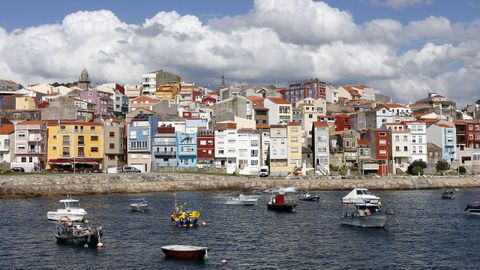
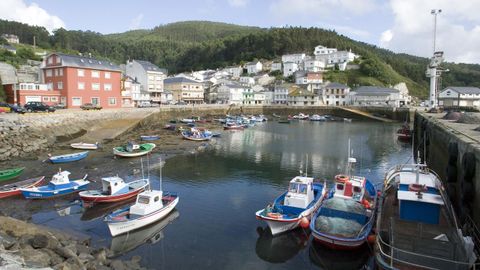
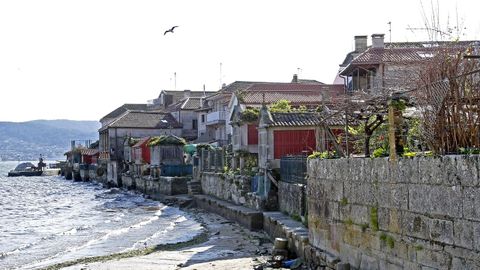
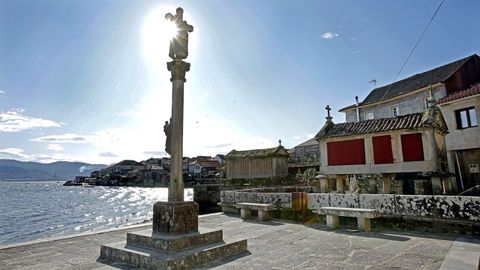
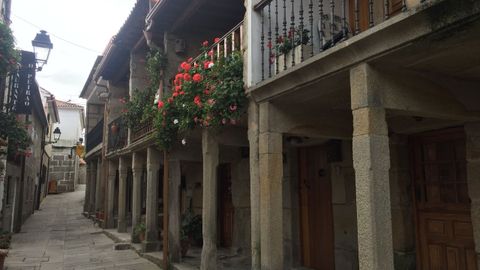
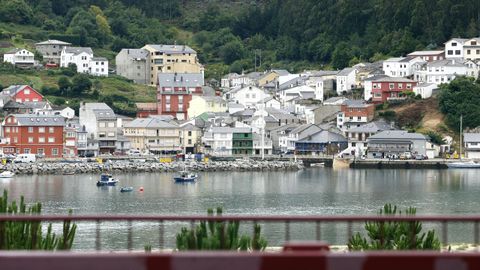
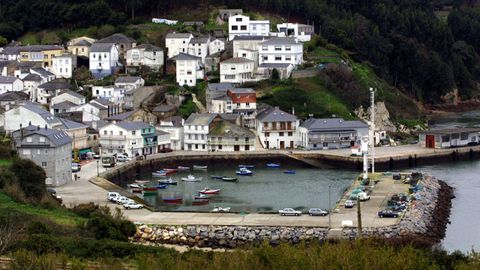


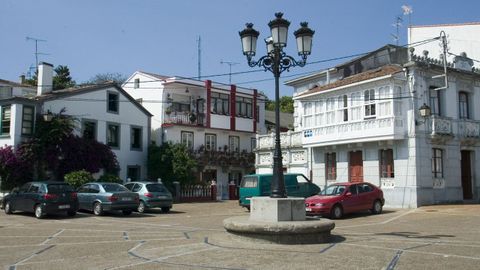
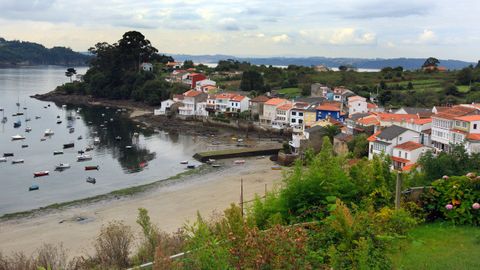

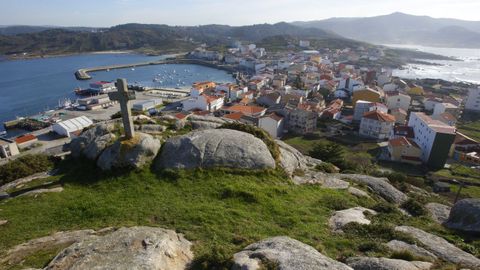
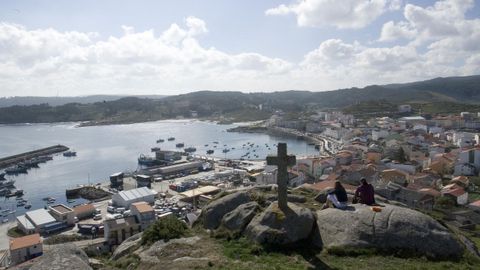
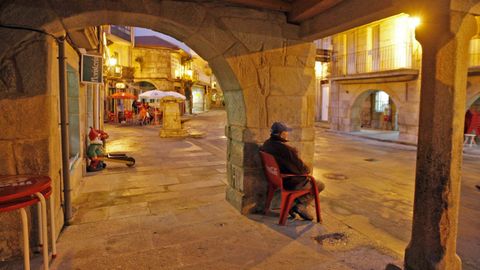

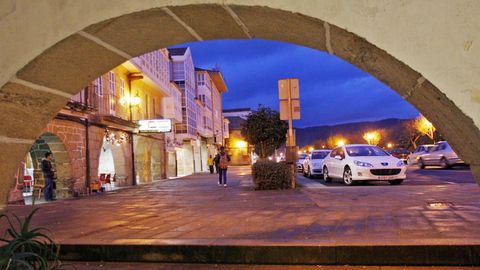
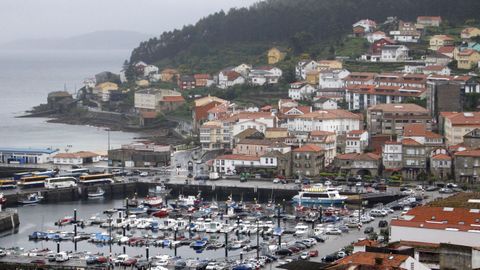
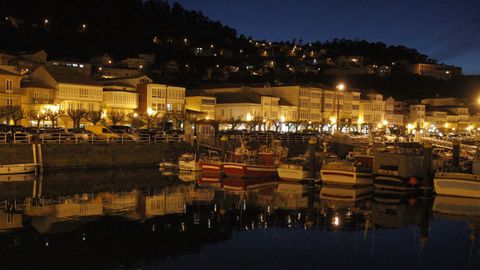
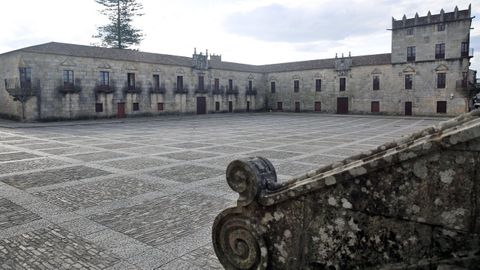
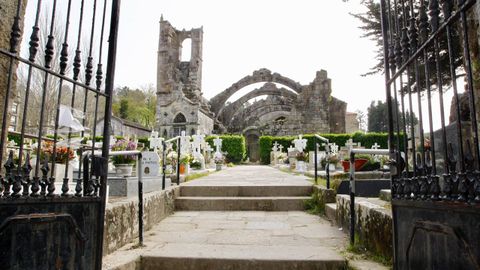
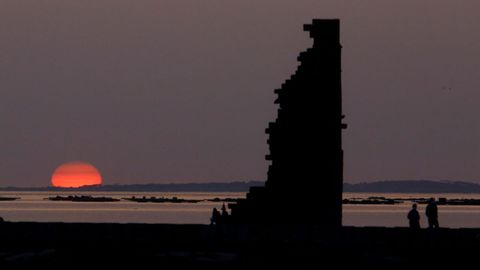
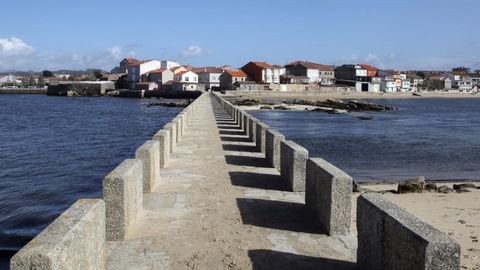
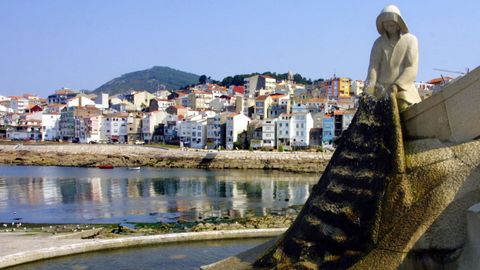

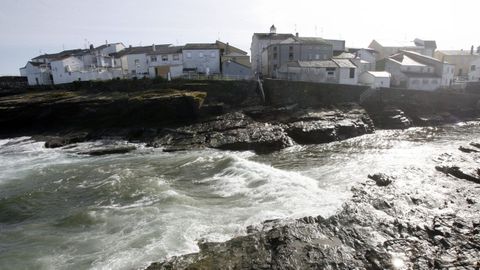
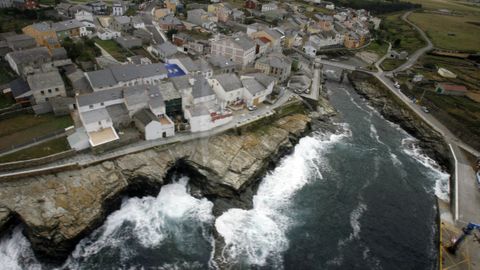
Colorful houses, promenades and the small ports, away from the crowds.
05 nov 2021 . Actualizado a las 05:00 h.Galicia is a land linked to the sea. Restaurant tables are full of seafood and fresh fish because of the locals who go fishing every day. A tradition that is still alive in most of the community, and especially in those small villages where life cannot be understood without its closeness to the ocean. The colorful houses, the fishing nets hanging from the balconies, and the boats sheltered behind the breakwaters maintain the essence of the Galician coast, all the way from Ribadeo to A Guarda.
Now that high season is over, it is a great time to walk the promenades, breath in the ocean breeze or taste fresh fish direct from the market, without the summer crowds. Any moment is ideal to discover Galicia through these eight fishing villages.
Rinlo, seafaring taste
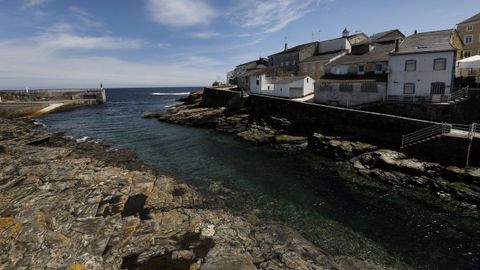
Rinlo is a small town with just 300 inhabitants, located in the coast of Lugo. This village, which belongs to Ribadeo council, was once a whaling port and still maintains a great fishing tradition. Proof of that is the fact that its fishermen's brotherhood is one of the oldest in Spain.
The all-white houses, that seem to be magically held on the cliffs, make Rinlo one of the best examples of a fishing village in A Mariña. Not so far from the housing you can find the remains of an ancient cetarea. And thanks to the lobster and spider crab farming tradition, the small town is one of Lugo's gastronomic bastions. The famous «arroz caldoso» (soup rice) served in Rinlo’s restaurantes keeps the essence of the seafaring taste.
O Barqueiro, between the sea and the mountains
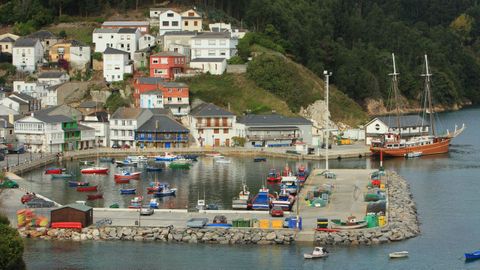
O Barqueiro is one of those towns that seem to have been born in the sea and grown climbing the mountain. It is located in the estuary that bears its name, one of the smallest in Galicia, and which acts as a natural border between the provinces of Lugo and A Coruña.
This small village, that belongs to Mañón’ area, also keeps alive its seafaring tradition. Something that can be seen through its colorful houses, organized in a staggered way from the estuary to the land. But, without doubt, the most distinctive spot in O Barqueiro is its port. There, dozens of small boats «rest» after their workday, protected from the tide by the breakwater. The proof of its charm is that you may have already seen it on television: O Barqueiro was the fictional town of Néboa series.
Redes, a movie town
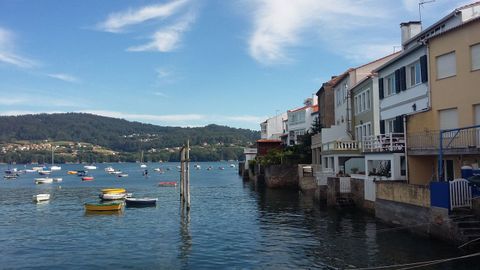
From a series to a movie set. Redes, a small village located in Ares, was chosen by Pedro Almodóvar to film Julieta. Although, to be fair, the town was already famous thanks to the TV series Padre Casares.
Redes is a coastal town where colorful houses play as a border with the estuary. Some of the housing have a direct exit to the sea. With just a dozen narrow streets, a port, and a small Cala, the village keeps a seafaring charm. Besides, there you can find several examples of Indian architecture.
Muxía, the essence of Costa da Morte
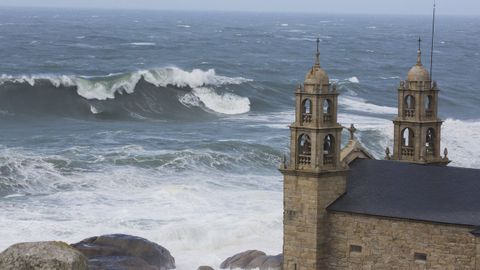
A fishing area par excellence, Costa da Morte couldn’t be missing from this list. Perhaps one of its best known places, even for such a negative event as the Prestige ecological disaster, is Muxía. The town that was dyed black almost two decades ago is also one of the most charming villages in the area. Located on the shores of the Atlantic, the constant crash of the waves against the rocks allows you to see the wildest side of the ocean (in addition to eating the best barnacles).
The fishing tradition of Muxía offers more than docks and colourful houses. Its most famous church, the Sanctuary of Virxe da Barca, faces the ocean and is surrounded by four stones. According to local beliefs, those stones are the remains of the ship in which the virgin arrived to give encouragement to St. James. Each rock has its own legend, that goes from healing powers to proving that someone has no sin.
Muros, a historic town
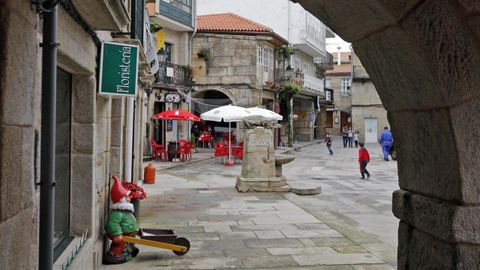
Muros combines its fishing tradition with a medieval origin. A mixture that makes this village one of the most charming corners of Muros and Noia estuary. Its network of alleys, «cruceiros» (ancient stone crosses) and heritage buildings -as the collegiate church of Santa Maria- led to the town being declared a historical-artistic complex.
Walking under its arcades, having a drink in its busy squares or strolling its promenade are some of the many plans that Muros has to offer. Its food and fish market, and its port are a must to discover the seafaring essence of the town.
Combarro, «hórreos» at the foot of the estuary
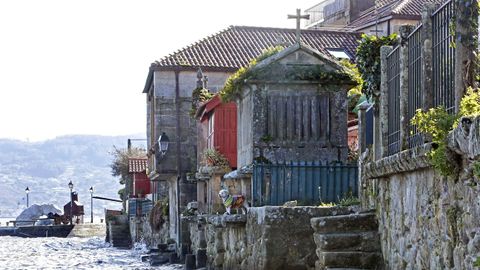
In this small town of Poio, Pontevedra, the seafaring tradition meets the rural one, through one of the most representative elements of the popular Galician architecture. In its historic center, Combarro brings together dozens of «hórreos» (granaries) and maybe the most striking fact is that half of them are literally on the «first line of the sea».
These «hórreos», that seem to be attached to the sea, the marine-style houses and the cobbled streets give Combarro a unique charm. Every corner of the town, classified as a historical site, hides a postcard or a sure Instagram post.
Cambados, sea and wine
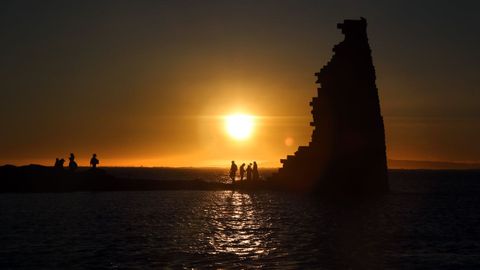
The capital of Albariño is also a land of sea tradition (and of course, seafood). It is located in Arousa’s estuary, where the rafts extend far beyond the limits of sight. Just take a stroll along the seafront to appreciate this view and admire the remains of San Sadurniño’s tower. An image that multiplies its beauty if you have the patience to wait until the sunset.
Cambados charm can be found, above all, in its Old Town. Cobbled streets and squares, country houses converted into wineries -like Fefiñáns- and stately homes give this fishing village an almost regal appearance. One of the essential points to visit while in the town are the ruins of the Santa Mariña Dozo’s church. Under the arches that are still standing, lies one of the most unique cemeteries in Galicia.
A Guarda, the border
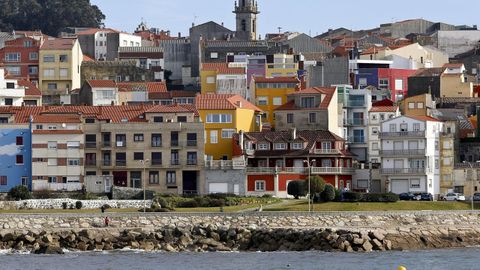
Seafaring Galicia reaches the very border with Portugal. A Guarda, the last (or the first) Galician town, welcomes the boats that go fishing every day with a beautiful picture of colorful houses. Enjoy the gastronomy on the terraces of its promenade, discover the art of fishing in its Museo do Mar or travel to Galician’ Celtic past in Castro de Santa Trega, those are some of the plans that you cannot miss if you visit this corner bathed by the Miño River and the Atlantic Ocean.